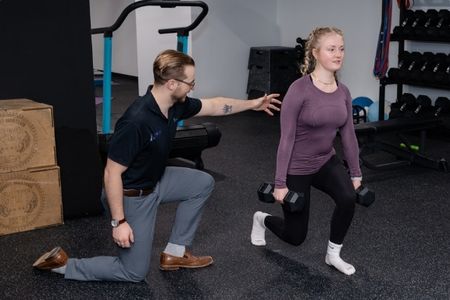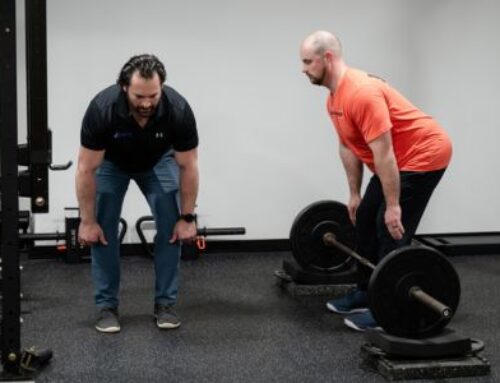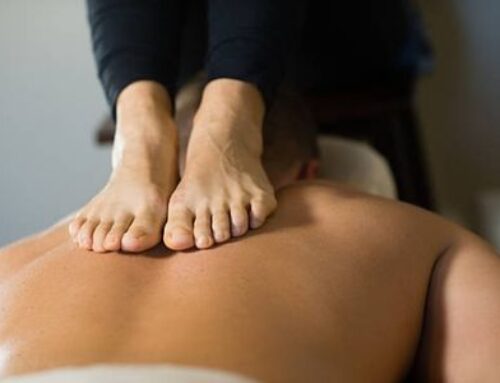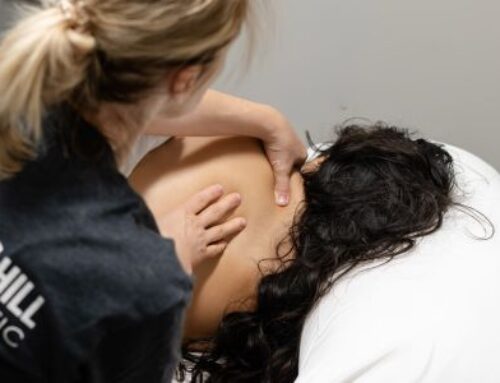Understanding the menstrual cycle and dance training can help female dancers optimize their performance, reduce injury risks, and enhance their overall well-being. By aligning dance routines with hormonal fluctuations, dancers can train more efficiently and feel their best throughout the month.
The Four Phases of the Menstrual Cycle
The menstrual cycle consists of four phases: menstrual, follicular, ovulation, and luteal. Each phase affects energy levels, flexibility, and injury risk differently.
Menstrual Phase (Days 1-7)
During this phase, estrogen and progesterone levels are low, leading to decreased energy. Dancers may experience fatigue, making high-intensity training more challenging.
Best Training Approach: Focus on low-impact activities like yoga and stretching. Reduced progesterone means energy stores are limited, making static flexibility training more effective.
Injury Risk: Lower estrogen levels improve joint stability, reducing the risk of ligament injuries. If energy levels allow, strength training can be beneficial.
Follicular Phase (Days 7-10)
Estrogen begins to rise, increasing tendon and ligament flexibility. However, progesterone remains low, meaning energy levels are still on the lower side.
Best Training Approach: Gradually increase intensity. Warm-ups should focus on dynamic stretching to activate muscles without overstretching ligaments.
Injury Risk: Increased flexibility can make joints less stable. Pay attention to proper form and avoid excessive stretching that could contribute to overuse injuries.
Creativity Boost: Some studies suggest heightened brain activity related to creativity during this phase, making it a great time for choreography and improvisation.
Ovulation Phase (Days 11-14)
Estrogen peaks, and progesterone begins to rise. Energy levels increase, but so does injury risk due to maximum ligament flexibility.
Best Training Approach: High-intensity workouts are ideal, but proper technique is crucial to avoid overstressing joints.
Injury Risk: The risk of ligament injuries is highest during this phase. A thorough warm-up and avoiding repetitive high-impact movements can help prevent injuries.
Nutrition Tip: Incorporate healthy fats like salmon, almonds, and flaxseeds to support energy levels.
Luteal Phase (Days 15-28)
Progesterone peaks, supporting fat metabolism and sustained energy levels. Estrogen declines, reducing joint instability.
Best Training Approach: Maintain high-intensity workouts in the first half, then transition to moderate intensity with increased rest periods as menstruation approaches.
Injury Risk: As estrogen decreases, joints regain stability. Adjust training volume based on fatigue levels.
Nutrition Tip: Sugar cravings are common. Opt for protein-rich foods to support muscle recovery and avoid excessive carbohydrate intake.
How to Track Your Menstrual Cycle for Dance Training
Using menstrual tracking apps can help dancers identify cycle phases and adjust their training accordingly. Over time, these tools become more accurate, providing personalized insights into the relationship between the menstrual cycle and dance training.
Key Takeaways
- Aligning training with hormonal fluctuations can improve performance and reduce injury risks.
- Lower energy phases (menstrual and early follicular) are ideal for flexibility and recovery.
- Higher energy phases (ovulation and early luteal) support strength and endurance.
- Proper warm-ups and nutrition adjustments can help optimize performance throughout the cycle.
By understanding how hormones impact physical performance, dancers can optimize their training for maximum efficiency and longevity. The connection between the menstrual cycle and dance training is crucial for injury reduction and peak performance. Looking for guidance from a chiropractor that specializes in dancers? Schedule an appointment with me today!
For more insights on dance health, check out my other dance related blogs:





